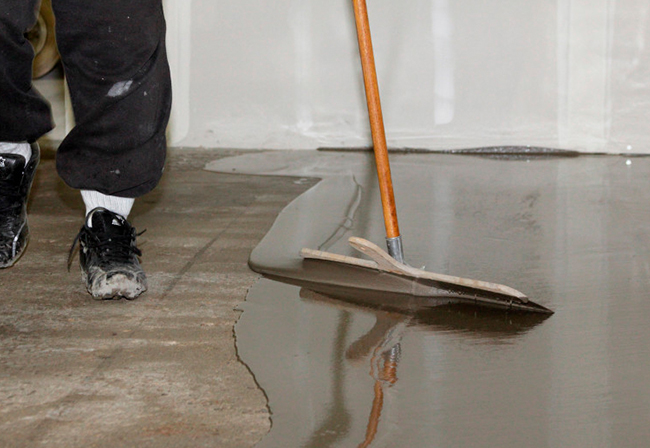Advantages of Hydroxypropyl Methyl Cellulose HPMC for Construction
Advantages of Hydroxypropyl Methyl Cellulose for Construction
Hydroxypropyl Methyl Cellulose (HPMC) is a versatile polymer derived from cellulose and is widely used in the construction industry due to its unique properties. Its application in various construction processes offers numerous advantages, making it a valuable additive for modern construction materials. Here are some of the key advantages of using HPMC in construction:
-
Water Retention: HPMC has excellent water retention properties, allowing it to retain water within cementitious materials, such as mortar and concrete. This property significantly improves workability and reduces the risk of premature drying and cracking. Enhanced water retention also leads to better hydration of cement, resulting in improved strength and durability of the final construction.
-
Improved Workability: The addition of HPMC to construction mixtures improves the overall workability of the materials. It enhances the cohesiveness and reduces segregation and bleeding during application, making it easier for workers to handle and apply the construction materials. As a result, construction processes become more efficient and precise.
-
Increased Adhesion: HPMC acts as an adhesive agent, promoting better bonding between construction materials and substrates. This improved adhesion is especially important in tile adhesives, renders, and other coatings, ensuring a strong and long-lasting bond with the underlying surface.
-
Enhanced Sag Resistance: In vertical applications such as tile fixing and wall rendering, HPMC imparts high sag resistance to the materials. This prevents excessive material sliding or slumping when applied on vertical surfaces, resulting in a more even and uniform coating.
-
Controlled Setting Time: HPMC allows for better control over the setting time of construction materials. By adjusting the HPMC content, contractors can fine-tune the setting characteristics of cementitious mixtures, matching them to specific project requirements and ambient conditions.
-
Improved Crack Resistance: The inclusion of HPMC in cementitious materials reduces the formation of cracks during the drying and setting process. This property is especially valuable in preventing the development of surface cracks, which can compromise the structural integrity and aesthetics of the construction.
-
Excellent Thermal Stability: HPMC exhibits excellent thermal stability, ensuring its performance is maintained even under extreme temperature variations. This makes it suitable for construction projects in diverse climatic conditions.
-
Environmentally Friendly: HPMC is derived from renewable plant sources, making it an environmentally friendly choice for construction applications. It is biodegradable and has a minimal impact on the environment compared to other synthetic additives.
-
Resistance to Chemical Attack: Hydroxypropyl Methyl Cellulose provides improved resistance to chemical attack, protecting construction materials from the damaging effects of certain aggressive chemicals and environmental pollutants.
-
Versatility: HPMC is compatible with a wide range of construction materials and can be used in various applications, including mortars, tile adhesives, renders, self-leveling compounds, and more.
Hydroxypropyl Methyl Cellulose offers numerous advantages that enhance the performance, durability, and workability of construction materials. Its versatile nature and positive impact on the construction process make it a favored choice for builders, contractors, and engineers across the globe.

Main Category
Popular Articles
- HPMC Hydroxypropyl Methyl Cellulose CAS 9004-65-3
- hydroxypropyl methylcellulose price
- HPMC Construction Grade Cellulose Ethers
- Hydroxypropyl Methyl Cellulose HPMC for cement based mortars
- hight viscosity hpmc hydroxypropyl methyl cellulose for ceramic
- Hydroxypropyl Methyl Cellulose (HPMC)
- Construction grade hydroxypropyl methyl cellulose hpmc supplier
- HPMC Cellulose

